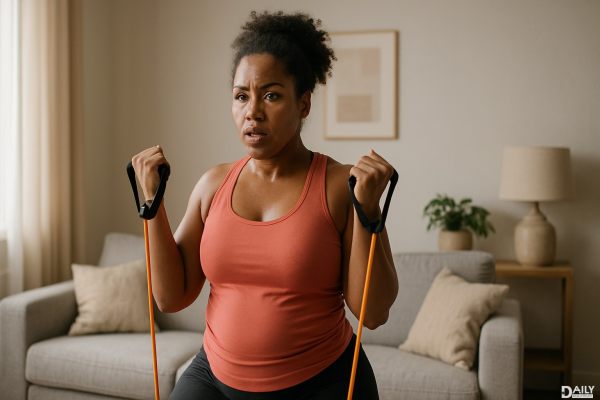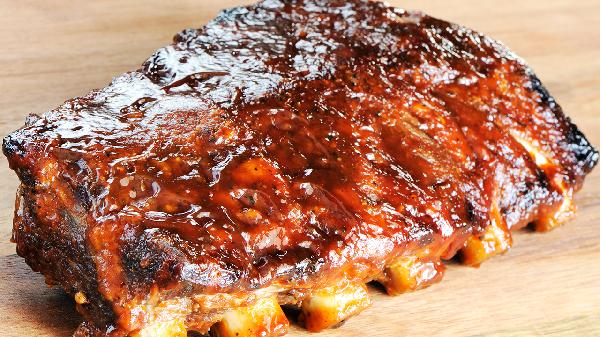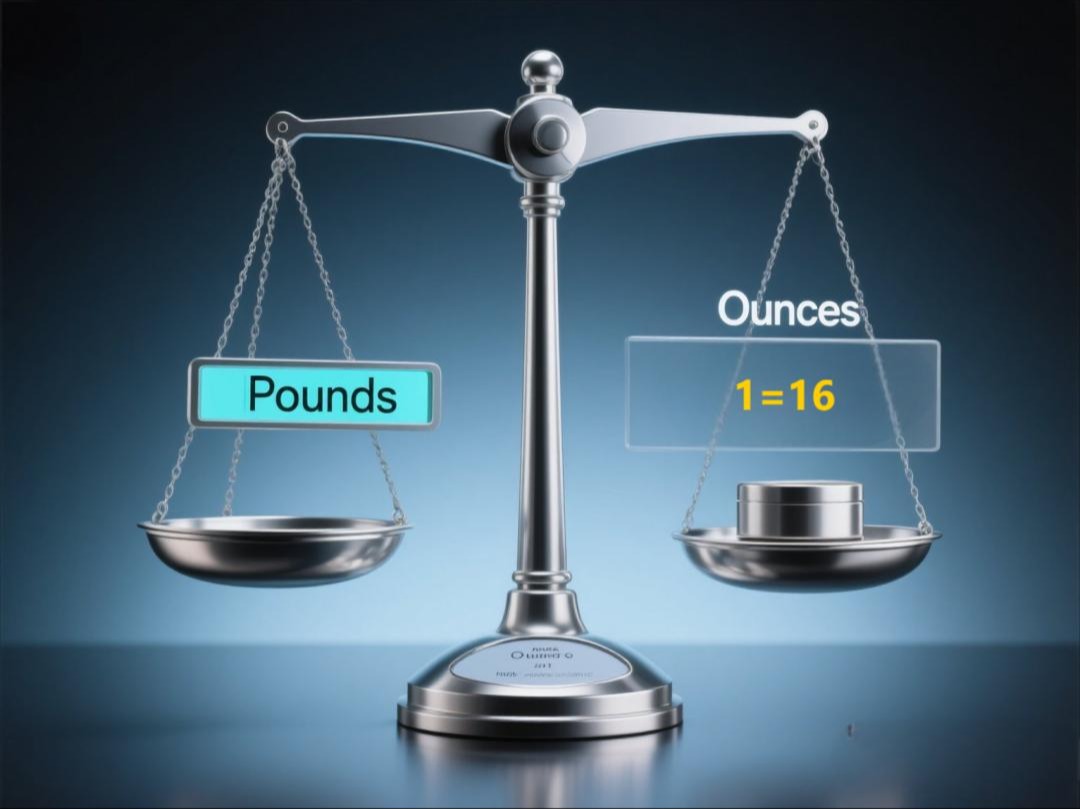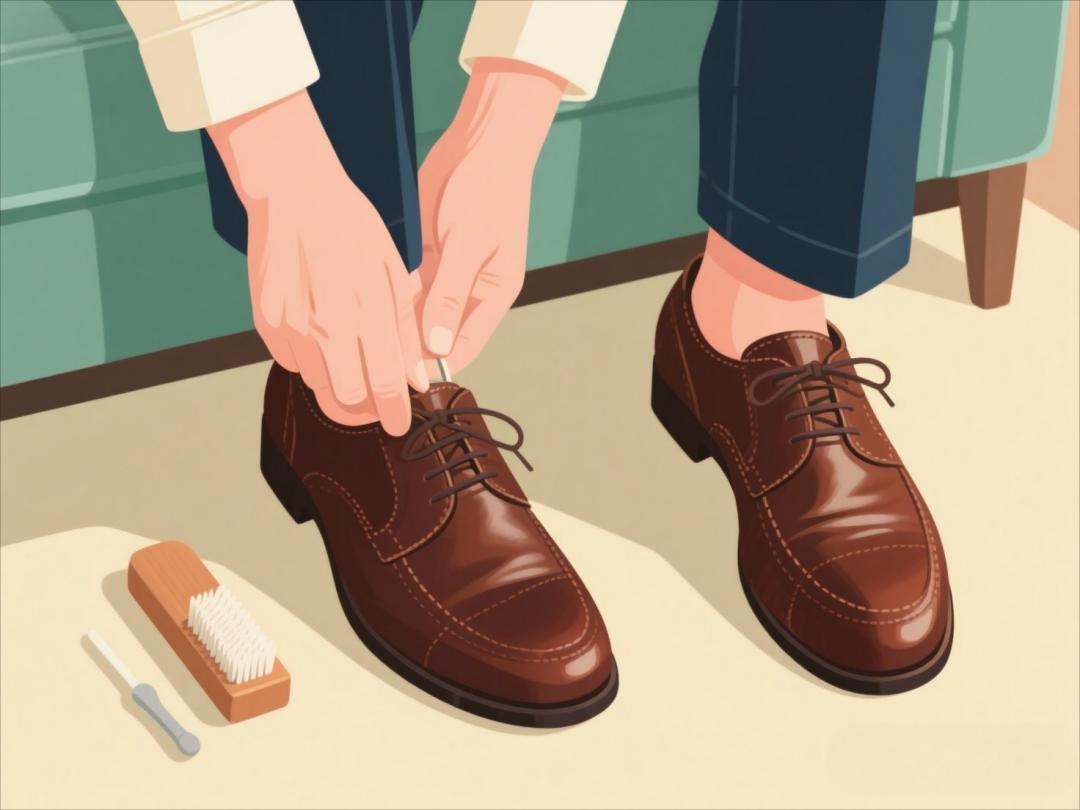Can a 30-day resistance band workout actually help you melt belly fat faster? The short answer: yes—but with a few important caveats. Resistance bands are a sneaky-good tool for building lean muscle and boosting metabolism, which helps torch stubborn fat over time. However, spot reduction (losing fat in just one area, like your belly) is a myth. So while resistance band workouts won’t magically zap belly fat overnight, they can help sculpt your core, improve definition, and contribute to overall fat loss when paired with the right nutrition and consistency. Let’s break down how this works and the best way to structure your 30-day plan for real results.

Resistance bands might look like glorified rubber bands, but don’t underestimate them. Unlike free weights, bands create constant tension throughout every movement, forcing your muscles to work harder from start to finish. This translates to more muscle activation—especially in your core, which has to stabilize during most band exercises. More muscle engagement means more calories burned, both during and after your workout (thanks to the afterburn effect). Plus, bands are portable, affordable, and versatile—you can hit every major muscle group without needing a gym. The key? Progressive overload. As you get stronger, you’ll need to increase resistance (either by using thicker bands or adjusting your grip) to keep challenging your body and avoiding plateaus.
Here’s the deal: belly fat is stubborn because it’s often visceral fat (deep fat surrounding organs) or subcutaneous fat (the pinchable kind). Both types respond best to a combo of strength training, cardio, and a calorie deficit. Resistance training, in particular, helps by preserving lean muscle mass while you lose fat, preventing the dreaded "skinny-fat" look. A study in Obesity found that people who combined strength training with cardio lost significantly more visceral fat than those who only did cardio. Bands are especially effective because they allow for rotational and anti-rotation movements (like wood chops or Pallof presses) that target obliques and deep core muscles most free-weight exercises miss.
Weeks 1-2: Foundation & Activation Start with full-body circuits (3-4 rounds) using lighter resistance to master form and wake up dormant muscles. Sample workout: Banded squats (12 reps), standing rows (10 reps/side), glute bridges with band (15 reps), plank rows (30 sec). Rest 30 sec between exercises. Weeks 3-4: Metabolic Overdrive Increase resistance and incorporate supersets (back-to-back exercises without rest) to spike heart rate. Example: Banded deadlifts (10 reps) immediately into banded jump squats (8 reps), followed by 1 min rest. Repeat 3x. Bonus: Add 2-3 weekly 10-min finishers like banded bear crawls or standing oblique crunches to really fire up your core.
No amount of band work will out-train a bad diet. Focus on high-protein meals (aim for 0.7-1g per pound of body weight) to support muscle repair and keep you full. Prioritize fiber (veggies, berries, whole grains) to manage hunger and reduce bloating. A pro tip: Time carbs around your workouts (sweet potato, oatmeal) for energy and recovery. And don’t slash calories too drastically—a 300-500 daily deficit is sustainable for fat loss without tanking your energy.
Using the same resistance for all exercises (your legs need heavier bands than your arms), rushing through reps (slow eccentrics increase time under tension), and skipping rest days (muscles grow during recovery). Also, avoid "checking" for abs daily—visible definition takes weeks of consistency. Instead, track progress through strength gains (e.g., moving up a band level) or how your clothes fit.
Stick with this 30-day resistance band plan, and you’ll notice your waistline getting tighter, even if the scale doesn’t budge much. Remember, fat loss is a marathon—not a sprint—but bands give you the tools to build a leaner, stronger physique anywhere. Now grab a band and let’s get after it.
























